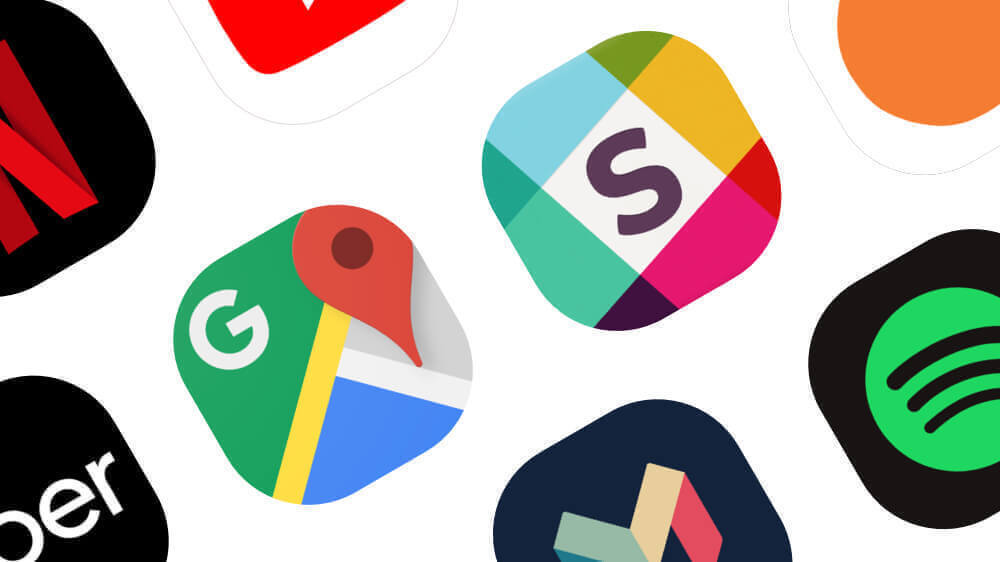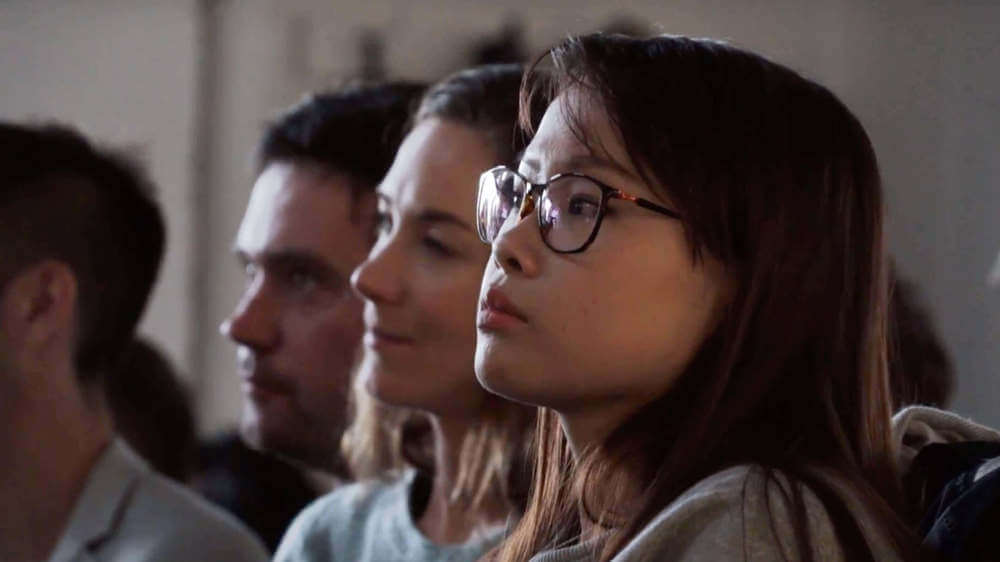How to use prototyping to bust through the constraints of the business model

Businesses rarely know upfront what they need to succeed in digital: the best way to learn is through prototyping.
Traditional, long-established business practices are rarely conducive to innovation. Digital success requires a different kind of approach, and this can involve a ground-up rethink of a company's internal culture as well as its structure.
At the heart of the 'old system' lies the business model, an abstraction given concrete reality by the systems, processes and organisation of people that help the model to work. Valuable assets (capital, brands, customers) have been accrued to serve that model, leaving a legacy that constrains both culture and scope for action but also offers opportunities to scale quickly.
A company’s organisational structure almost always slows momentum where skills and knowledge are separated in pursuit of efficiencies that advance the existing model. Even when you take away or radically alter the business model, the cultural values and infrastructure that supported the old one often remain stubbornly in place, like ghosts.
Cross old silos by involving colleagues across the business
Any would-be innovators have to overcome the silos the old model creates. That’s a struggle, wherever individuals are pursuing separate departmental objectives: say goodbye to the big picture if you don’t remember to move the goalposts or find neutral routes across the silos. Making is often the best bridge. The concrete expression of the model in a valued product or proposition is the most effective lever for changing culture.
At Made By Many, we use every aspect of the process of conceiving, testing and delivering real things to winkle out the blockers, find the best new ways of measuring and motivating, adjust objectives, change attitudes and build these bridges
Launch a working prototype fast
Businesses rarely know upfront what new skills or assets they’ll need to succeed in digital. The process of prototyping and delivering hero products into the market is often a more effective way of discovering how a business should organise for change; this is because it enables a business to observe its own ability to meet the new demands that digital products place upon it and adjust accordingly; and so, organisational change strategy is emergent too.
Open your business up to the opportunities presented by the new digital product
When we make a product we’re also making the tools required to deliver the product in a sustainable way; this is why we don’t just settle for prototyping customer interactions or underlying technology: we prototype the complete proposition, including the tools and processes the business will need to use to deliver it.
The often-remarkable effect is that new tools promote quick and substantial changes in attitudes: the actuality of ‘the thing’ replaces suspicion and fear with optimism and enthusiasm. This is also a point at which interesting unseen opportunities may emerge and the business strategy may need to change.
Want to chat more about innovating in your business? Get in touch at newprojects@madebymany.com
Continue reading
What is design, anyway?
As the baton of design leadership at Made by Many passes onto a new generation, the moment has given me pause for reflection. What does it mean to be a de...
What is a digital product, anyway?
And why should we care? This is a jargon-free guide to digital products, how they work, why they matter and what they do for customers and business.
Smart homes, chatbots and load testing at Front-End London
The latest FEL meetup saw lightbulb moments, a chatbot built in Flow, and a smart burglar alarm.


